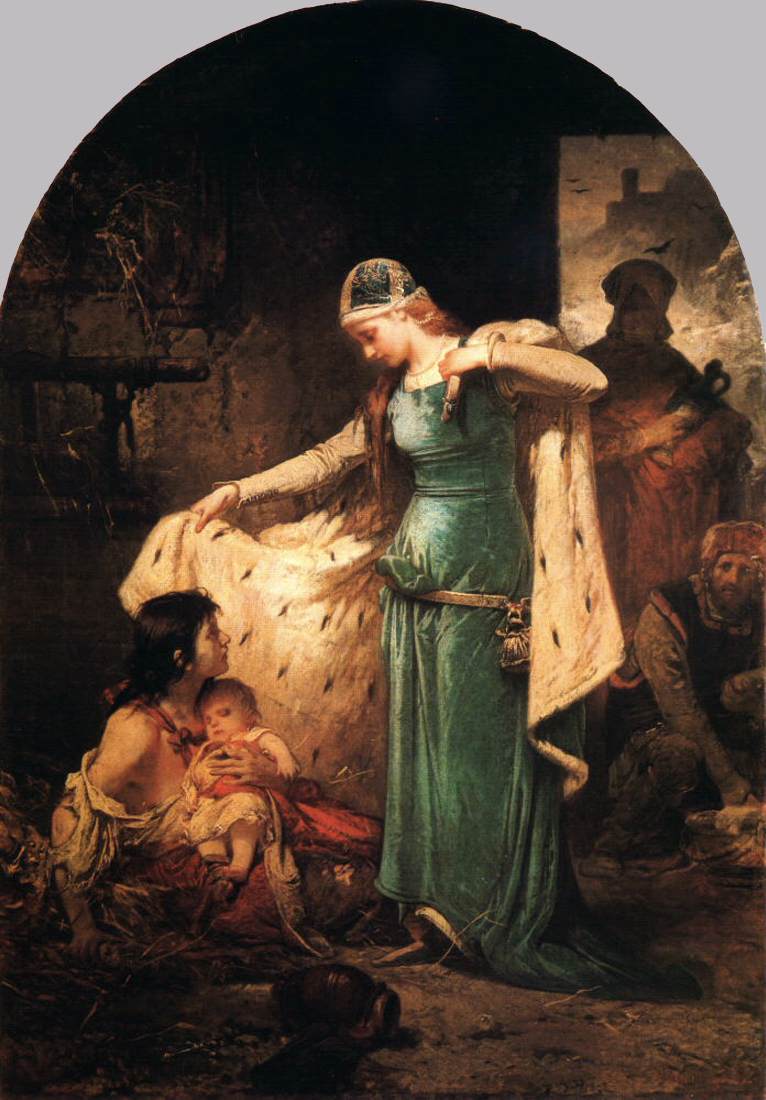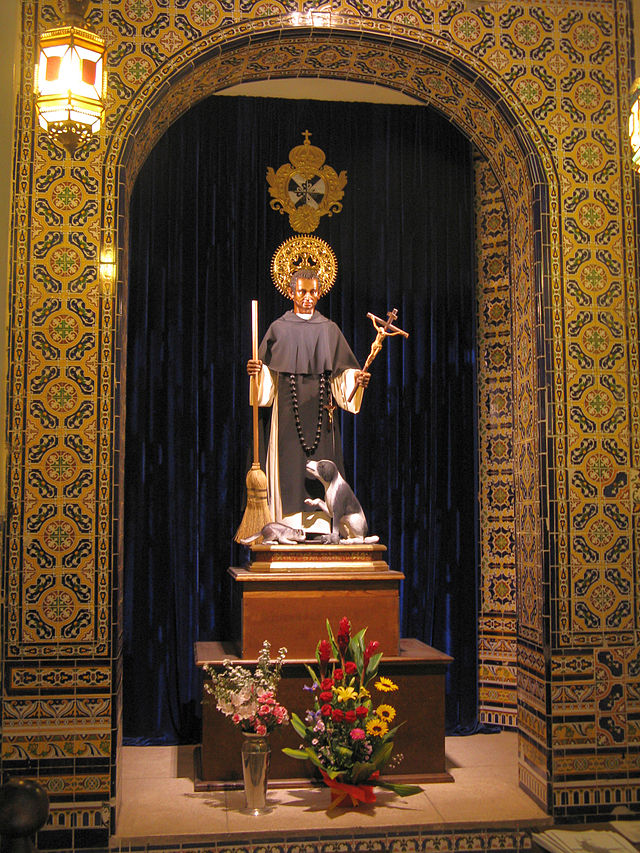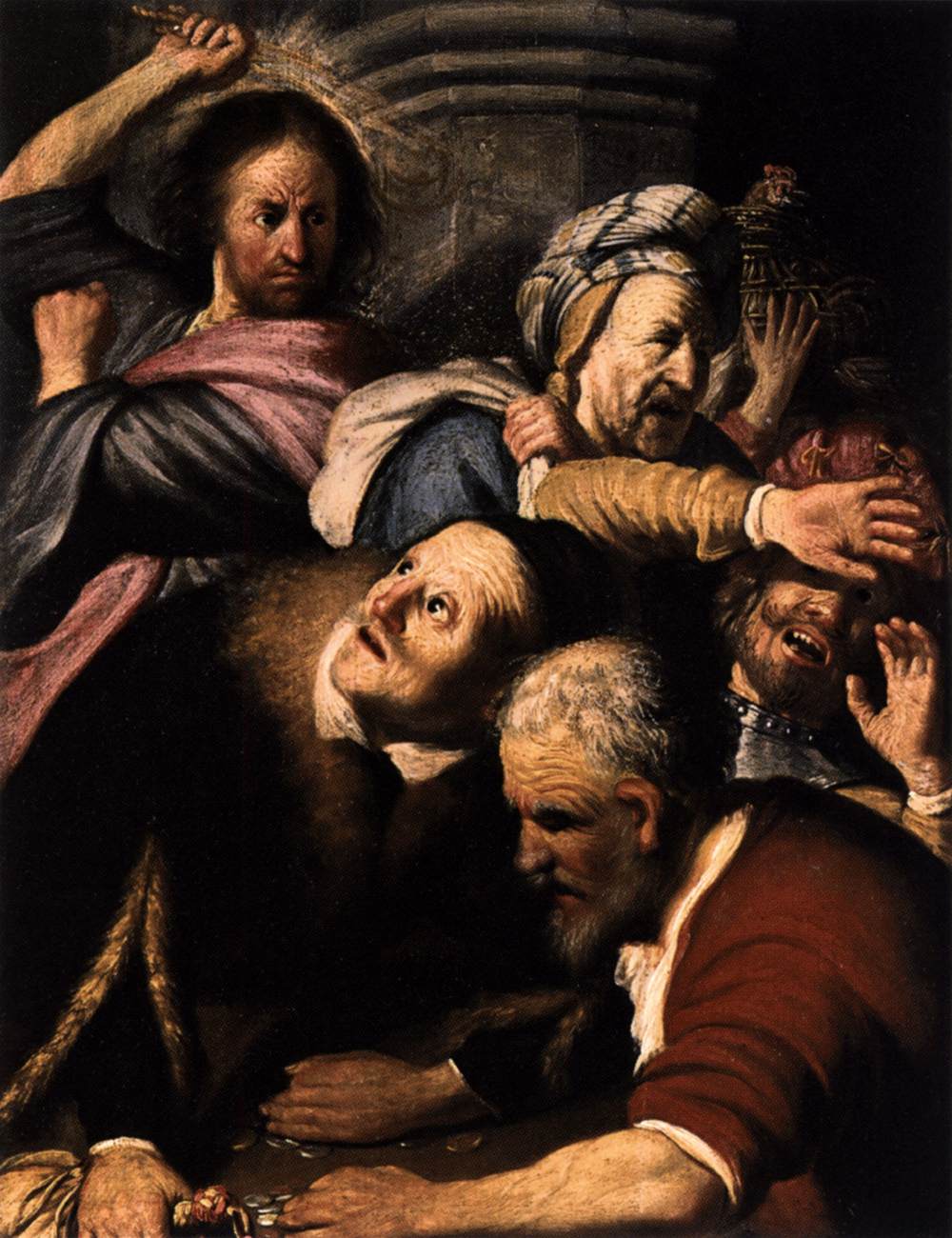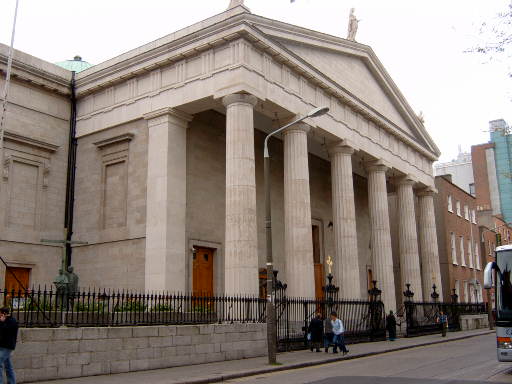The Universal desire for Justice. Fr Shay Cullen’s Reflections, 27 November 2014
The Universal Desire for Justice.
By Fr Shay Cullen

MV Sewol, 16 April 2014 [Wikipedia]
Seoul, Korea.
It was frosty cold standing in the center Island of the broad avenue in Seoul, Korea, leading to the historical palace and presidential house. There I met one of the grieving parents of the Korean ferry,MV Sewol, disaster. There is a protest encampment set up there where supporters and sympathizers come and stay and pray and demand justice for the families and victims of this terrible tragedy. There is a high sense and awareness of human rights and frequent democratic protests are held here in Seoul. But all are allowed to demonstrate continuously, peacefully or noisily without police crackdowns.
At the solidarity camp on the traffic island the father of a student who was killed in the sinking of the ferry boat told me through an interpreter how the parents cannot accept the inaction of government. They want government to redress fully the injustice and the terrible wrong behind the sinking of the ferry and the loss of so many young people and adults. He handed me a solidarity badge, a yellow folded ribbon. The high school students who died look out from the assembled 300 photographs at the temporary shrine to their memory. Their silent stares tell us of the enormity of their loss and greatness of the crime.
The MV Sewol, on 16 April 2014, sank with a complement of 500 passengers and crew. The ferry was bought from a Japanese ferry company with only two years of life left as a passenger ferry but the shipping company used questionable methods to force through a change in the law so the ferry could get a license to carry passengers beyond its normal life. Together with illegal structural alterations to carry more cargo, the ferry was top-heavy and capsized. The Captain and some of the crew have been jailed and the family of the owner are being arrested and charged. Justice is the overwhelming desire of the families of the students who died.

MV Doña Paz [Wikipedia]
In the Philippines justice is hard to come by. As many as 4,386 Filipinos perished in the greatest peacetime maritime disaster ever when the MV Doña Paz, a ferry boat, owned by Sulpicio Lines, out of Tacloban, Leyte, sank after colliding with the oil tanker MT Vector on 20 December 1987. Only 24 people survived. The ship was way over its seaworthy life and built for 608 passengers.
The ship was rebuilt after a fire, unlicensed, grossly overloaded and had no qualified captain or officer on duty on the bridge when the collision occurred leading to the deaths of thousands. The Philippine Board of Marine Inquiry eventually cleared Sulpicio Lines of all liability, fault and negligence for the accident stopping short of sympathizing with the owners of the shipping line.
No one was arrested, tried or found guilty of negligence or held responsible for the deaths of so many. Everything is negotiable in the Philippines if you are rich and powerful. Little compensation was paid to the family members of 4,386 people who perished.
The families of the 162 victims who died and 93 severely burned people of a Manila disco fire had to wait 18 years and eight months to get justice this past week. Small as it is with the sentences of seven Quezon City engineers and two businessmen to ten years each. Philippine Justice is hard to come by. All is negotiable except for the poor.
Last week a child, Angie, from Botolan, Zambales with the mental capacity of nine year old, as testified by the resolution of the prosecutor Emelyn T. Nacin-Catolico in April 2011, had been cruelly raped with fear and threats by a pedophile and the case referred to the Regional Trial Court in Iba, Zambales.
Now three years later a new prosecutor, Olivia V.Non-Finones, instead of prosecuting the rapist pressured the child to sign an affidavit withdrawing her compliant. Such an affidavit of desistance is forbidden by order the Philippine Department of Justice and the Supreme Court has ruled many times that such affidavits of desistance have no weight whatsoever.
Nevertheless the judge, Marifi P.Chua, accepted the affidavit in court and stated in dismissing the rape charge against the accused that since the affidavit was based on the fact the rapist undertook and promised not to rape again, the female judge dismissed the case and the accused was allowed to walk free to do it again. The child was denied justice and more children are at risk.
Here in Seoul many welcome the UN resolution, approved by 111 countries, to send the leaders of North Korea to the International Criminal Court in The Hague for crimes against humanity. Investigations and interviews with escapees from repressive North Korea led to a special UN report in February 2014 that provides evidence for the allegations of the crimes of systematic murders, torture, beatings, starvation, rape, forced abortions and unjust imprisonment of up to 120,000 people.
These issues and revelations have given an increased sense of obligation among the many South Koreans to do more to help the less fortunate in North Korea and in developing countries. The desire for justice is universal and a nation without it is not a fully civilized nation but close to a failed state.
This is perhaps why South Koreans are embracing and expanding their interest in social justice and buying Fair Trade products from developing nations like the Philippines dried mangos fo small farmers and the indigenous people. They have a growing moral conscience about the exploitation of the poor and the duty to help.
Fair trade is a rapidly growing sector in civil society and among Christians in many countries. The UK, Ireland, Germany and Austria are among the most active. The movement in Seoul has a strong supporter in Mayor Won Soon Park who hosted in Seoul The Global Social Economic Forum this month to boost the social commitment of Koreans and foster international cooperation and Fair Trade. All of us can do our share to help make justice the heart of faith and life.
shaycullen@preda.org, www.preda.org, www.predafairtrade.net





































